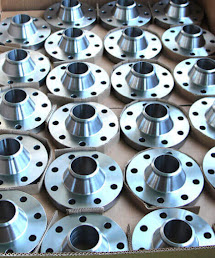What role do balance and proprioception play during exercise?
The ability of your body to notice its own location, motions, and activities without having to think about it is known as proprioception. It's essentially a never-ending feedback loop between your body's sensors and your nervous system.
Let's say you're at your desk, typing away on your laptop. You know how many fingers are on the keyboard, where each finger is on the keyboard, how much pressure you're applying with each individual digit and whether or not that pressure is increasing or decreasing, and what angle your wrist is at in relation to the surface of your desk without even realizing it, among a slew of other details. Check out this website which offers the best Wellness Treatment In Mumbai
You probably don't think about your brain when you consider how you move. However, your brain is in charge of determining how much effort you put into each movement. When we move, our bodies send signals to our brain telling us how much effort is required to lift an object or move in a specific direction. Proprioception is the ability to detect what our bodies are doing and where they are in space.
Because even simple movements require proprioception, those with poor proprioception may struggle. Poor proprioception can manifest in a variety of ways, some of which are listed below.
1. Uncoordinated movement includes balance issues such as trouble balancing on one foot and uncoordinated movement such as difficulties walking in a straight line.
2.Clumsiness is defined as falling or bumping into objects.
3. One example of improper posture is slouching.
4. Difficulties assessing your own strength, such as being unable to determine the amount of force required to lift something.
5. Avoiding certain motions owing to a fear of tripping, such as walking on uneven ground.
Some proprioception training that can help maintain balance and proprioception:
Strength training
Pay special attention to the muscles that support your joints. If you have arthritis in your knees, for example, strengthening your hamstrings and quadriceps is a good idea.
Exercising range of motion
Every day, take each of your joints through its entire range of motion. This helps to keep your joints flexible and reduce stiffness.
Balance training
For practicing stability, a balancing board or a bosu ball are ideal options. Balance exercises can also help your body and mind learn to control the posture of a weak or injured joint.
Exercising with your eyes closed
Close your eyes while moving as your strength and spatial awareness improve. This requires a stronger link between the brain and the muscles.
.jpg)

.jpg)
Comments
Post a Comment